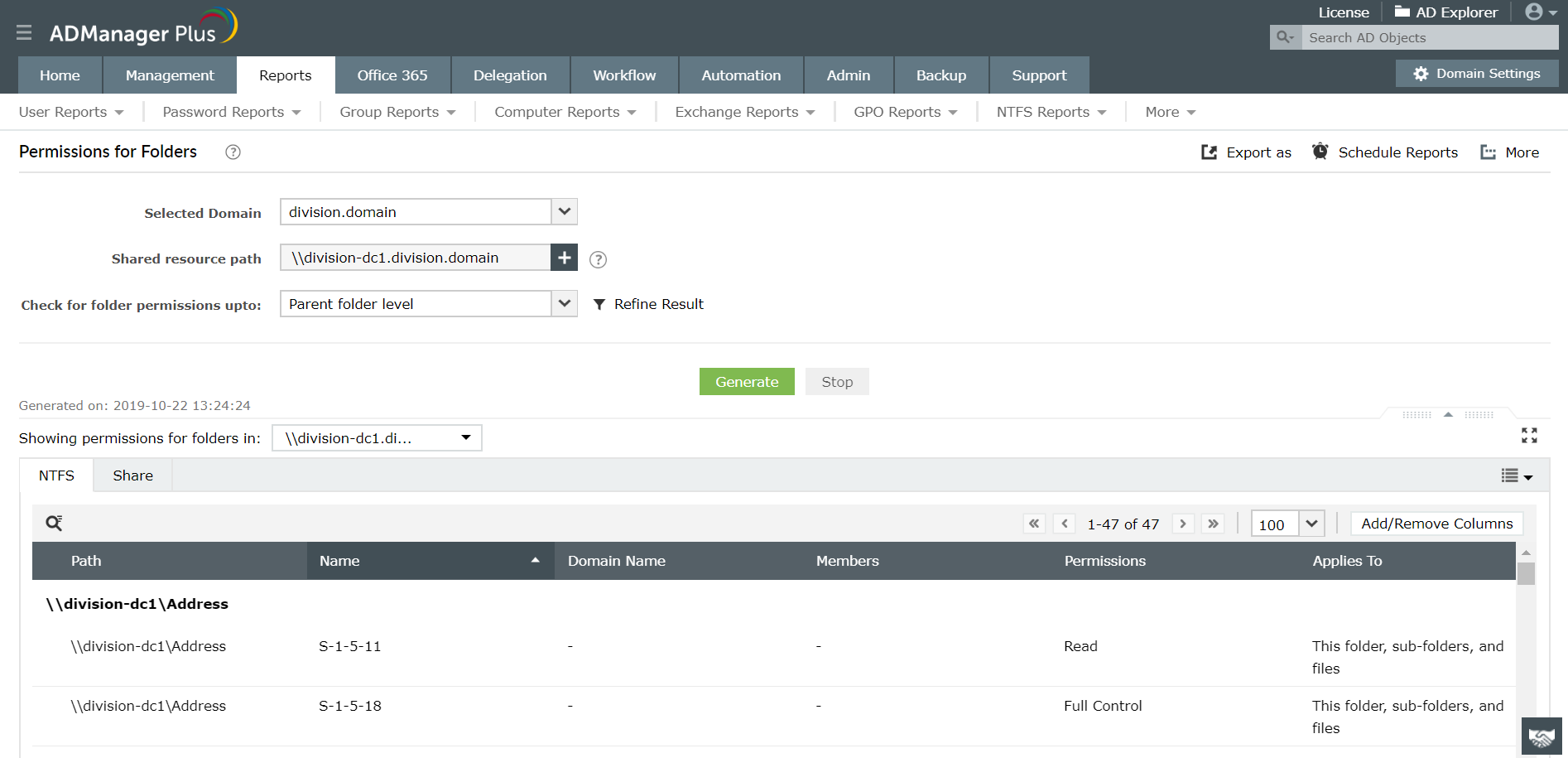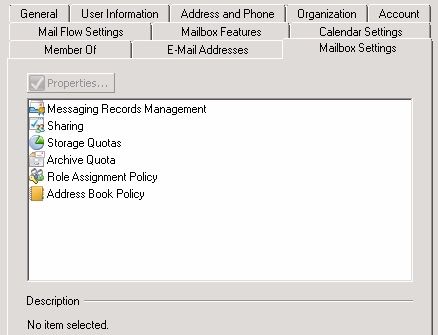


Make sure that these credentials are for a limited domain user. If the ImpersonateToWrite parameter is set to $true, then the script requests to use another user credentials to perform Access, Write, Read, Delete on each share.Admin Share such as Admin$, C$, IPC$ …, excluding printers. The share list only includes the Non-Administrative Share Folders. Read the share list and shaing permission.Get a list of all AD Computer Server OS in Active Directory.\Get-AllShare.ps1 -ImpersonateToWrite $false -PathToWrite C:\myresult.csv # For getting only the share without the (Access,Read,Write,Delete test) Result The result is exported in CSV format, so you need to just do basic color formatting 🙂 The Sharing Permission Script in Action

**NOTE**: The script won’t remove any file from your environment, instead, and while testing it will create a temp file and remove it to check the permissions.\Get-AllShare.ps1 -ImpersonateToWrite $true -PathToWrite C:\myresult.csv #for a full result and full test PathToWrite: The directory to export the results to.ImpersonateToWrite: PowerShell uses the provided credential to test Read/Write/Delete action aginst the folders.The test permission script accepts the following parameters: You can download the Test Sharing Permission PowerShell Script from my Github repo

To address this issue, I created a Powershell script that will do the following: Download and Usage The question is, How to confirm if domain users can Access/Read/Write/Delete files in a shared folder without manually reviewing the ACL for both share and NTFS in all the servers ?! I am talking about folders created for temporary use and got forgotten or a misconfigured ACL for a folder in an application. I am not talking about the Home Folder or Roaming Profile. One of the biggest challenges for sysadmins and the security team is the open share and sharing permission, where domain users have full Read/Write/Delete Access to a folder in the server.


 0 kommentar(er)
0 kommentar(er)
